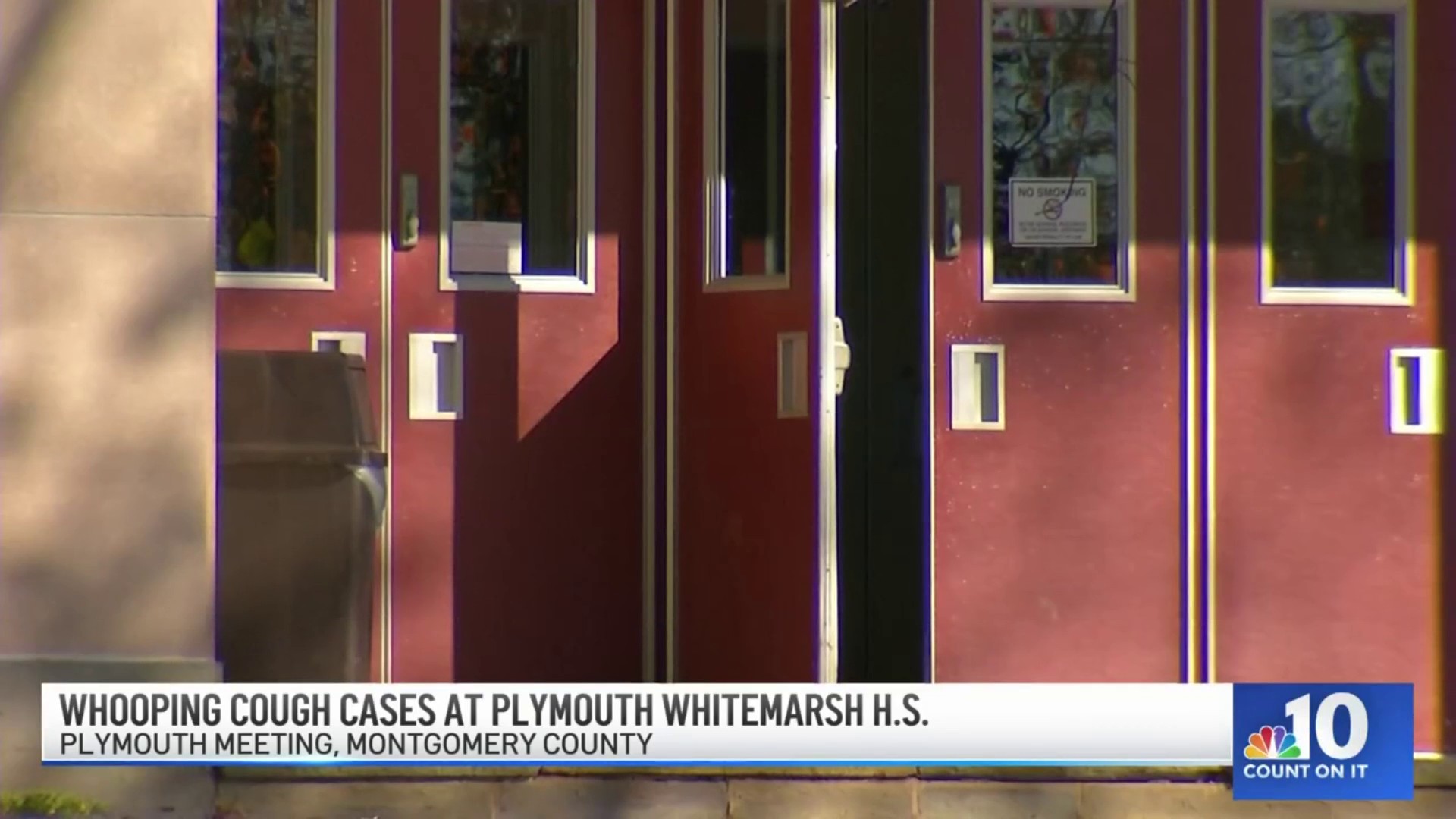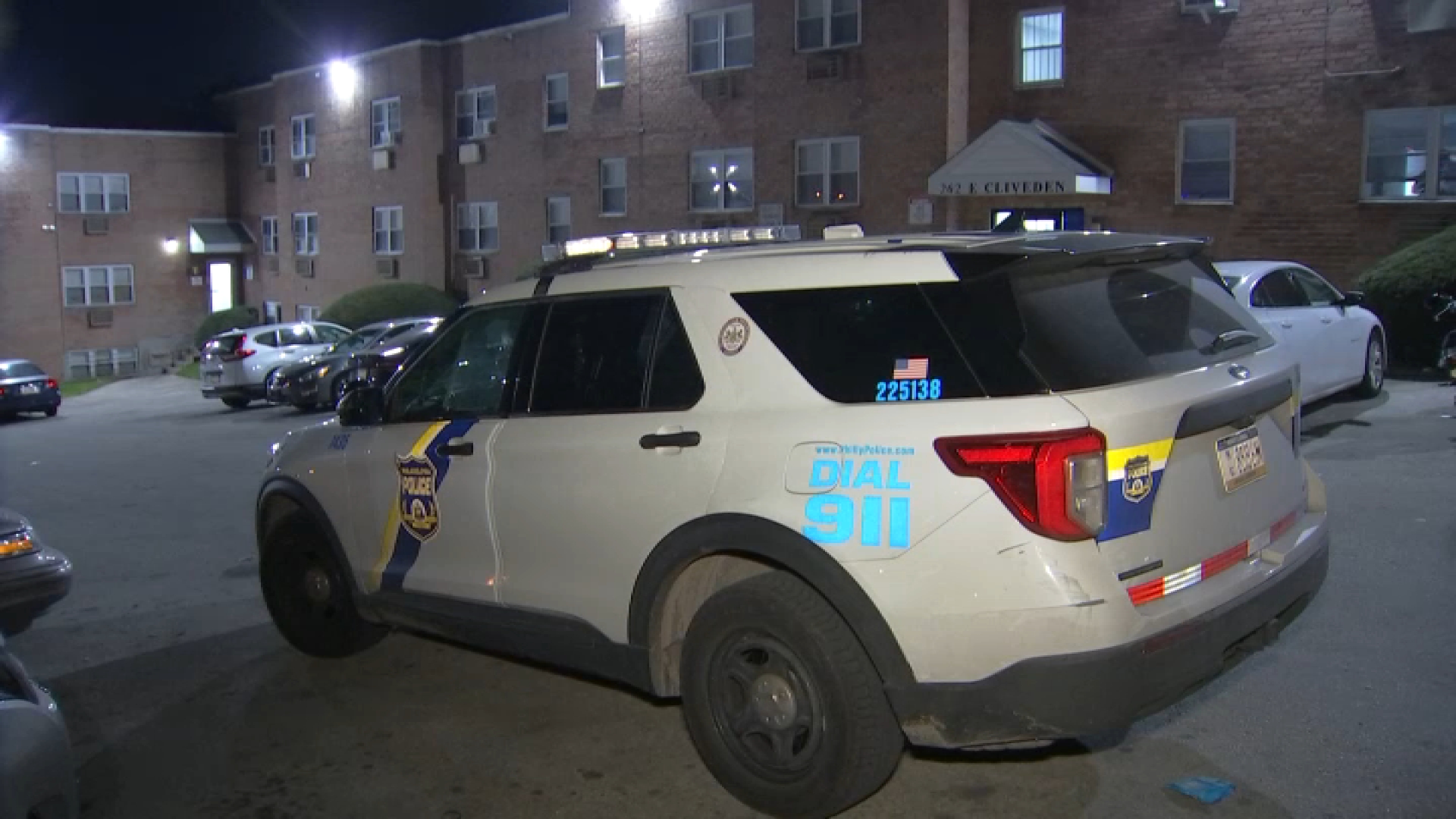
There was a time when Southwest Philadelphia resident Lorraine Basciano could not walk half a block without her knees nearly buckling.
She weighed more than 300 pounds and suffered from sleep apnea, she said.
“It snuck up on me,” Basciano said. “So I was depressed and I ate more and I gained more weight. It just went on.”
She described those years as a "vicious cycle."
Basciano lives in Elmwood, a neighborhood just south of Bartram’s Garden that has the highest obesity rate in Philadelphia. Forty-four percent of residents there suffer from obesity, compared to 29.4 percent of people in greater Philadelphia, according to the 500 Cities Project, which provides an in-depth look at the health of 100 million Americans living in 27,000 neighborhoods across all 50 states.
Local
Breaking news and the stories that matter to your neighborhood.
The Sleep Gap
Source: CDC, Census Bureau
Credit: Sam Hart/NBC
Using 2010 U.S. Census tract information, the project narrowed down data to the neighborhood level, cross-referencing population metrics with different aspects of well-being, from mental health, obesity and exercise to unhealthy behaviors such as binge drinking, smoking and lack of sleep.
The massive undertaking included a look at five cities in the greater Delaware Valley region: Philadelphia, Wilmington, Trenton, Camden and Reading.
All told, the data showed a nation whose waistlines are quickly expanding. Experts predict that 40 percent of all Americans will suffer from obesity by 2050, according to the Centers for Disease Control and Prevention.
People who struggle with severe weight disorders also suffer from other health problems - high blood pressure, sleep apnea, joint pain and even early death, according to Dr. Alec Beekley from Philadelphia’s Jefferson University Hospital.
Beekley, a bariatric surgeon who works with morbidly obese patients, said the link between economic disparity and health outcomes is unmistakable. People experiencing poverty or financial insecurity are more likely to experience health problems.
“The ability to escape obesity is equivalent to the ability to escape socioeconomic conditions,” Beekley said.
The Obesity Gap
Source: CDC, Census Bureau
Credit: Sam Hart/NBC
In Basciano’s neighborhood, the median income is slightly more than $15,000, compared to $55,000 for the state of Pennsylvania. There is only one park and small corner stores filled with soda and chips comprise most of the food options within walking distance.
"We know [health] is about environment, but we want to make it about will power because that's somebody else's problem," Dr. Cheryl Bettigole from the Philadelphia Department of Public Health said.
Parks have a calming effect, she said, and also inspire people to exercise more.
Consider Philadelphia's tree-lined Mount Airy neighborhood, where less than 25 percent of the population is obese. The community, which is nestled between health food stores and Wissahickon Valley Park, also has the longest life expectancy in the city. Residents there are expected to live to about 84 years old, compared to just 73 years old in Elmwood.
"What you don't see in [Mount Airy] is a lot of junk food," Bettigole said. "You don't see advertising or marketing for junk food or tobacco."
And then there is the actual cost of food.
Basciano, who lost 100 pounds since undergoing weight loss surgery, used to spend less than $3.99 for a microwavable steak meal. Now, she clips coupons for fresh meat. Her new diet provides enough energy to care for her mother and stepfather and do her own grocery shopping, she said.
Basciano no longer gets winded walking down the street.
“When you don’t have the money to buy nutritional food, it trickles down to the kids eating processed food and the unhealthy stuff,” she said. “They’re not getting what they need so they are gaining weight. It's a vicious cycle."
That cycle is even more pronounced northwest of Philadelphia in Reading, Pennsylvania, which has the highest obesity rate in the state, at 43 percent. The median household income there is just over $27,000.
Reading resident Madjah Denis feels that pinch every month. She has five mouths to feed, works part time and is studying to become a nurse. With her limited income, she doesn’t buy fresh fruits and vegetables towards the end of her pay cycle because “it’s very expensive,” she said.
Instead, she buys bread and peanut butter for her kids.
“We need more parks around,” she said. “We need more stores.”
One potential solution in Philadelphia is the city's Rebuild program, which uses soda tax money to improve community facilities in neighborhoods experiencing high rates of poverty, crime and health risks. An early campaign promise of Mayor Jim Kenney, the program aims to add or refurbish public parks, recreation centers and libraries.
To date, 64 sites across the city have already been selected for investment funds. At least two of those projects - the Paschalville Library and the Franics J. Meyers Recreation Center - are within a mile of Basciano's home.
"Changing culture takes time," Bettigole said. "It’s not something one person does on their own, but I think the city, together with partners, can make that change.”



